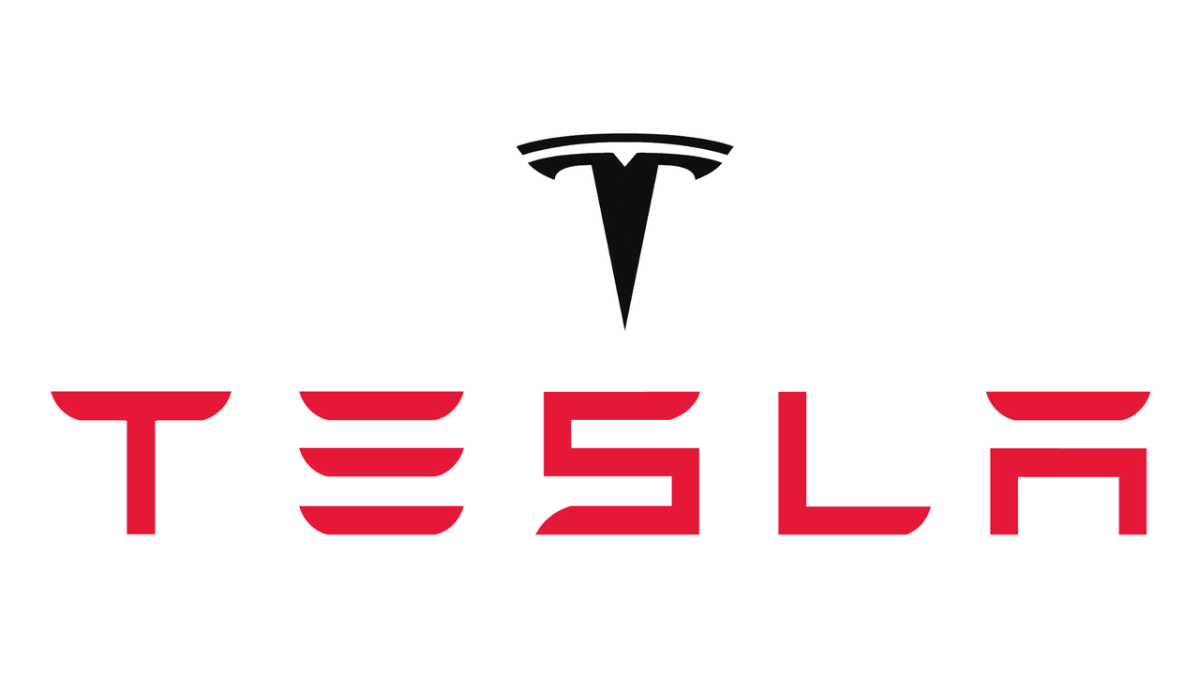Tesla and Panasonic have announced a joint venture to manufacture solar cells in and modules at a factory in Buffalo, New York. The agreement has Panasonic covering “required capital costs” and Tesla “making a long-term purchase commitment”. Panasonic will be investing $256 Million US Dollars into the factory.
These solar cells would be used for Tesla’s Solar Roof Project, which uses solar cells built directly into roof shingles. These solar cells then charge Tesla’s PowerPack or PowerWall batteries, which are then used to provide either main, auxiliary, or backup power to the building. Unlike typical solar panels, Tesla's Solar Roof aims to make the roof look indistinguishable from regular shingles. These panels then charge the battery, which can provide power to the building. Tesla claims that a PowerWall can "power an average two-bedroom home for a full day."
The factory was originally started by SolarCity, a company that Tesla finalized their purchase of in November. SolarCity was a company that specialized in the design, manufacture, installation, and maintenance of solar energy systems. Tesla and SolarCity had made an agreement with the state of New York to build in Buffalo, with the state providing funds and maintaining ownership. SolarCity told CNBC that they were “committed to employ at least 1,460 people in the city of Buffalo, with 500 jobs at the manufacturing facility. We will employ a total of 5,000 people in New York state by the 10th anniversary of the completion of the facility." Tesla’s press release renews that promise, saying “Tesla reaffirms SolarCity’s commitment to create over 1,400 jobs in Buffalo—including more than 500 manufacturing jobs. Panasonic, with its technological and manufacturing expertise in PV production, will also work with Tesla on developing PV next generation technology at SolarCity’s facility in Fremont, CA.”
Tesla says that the production will begin during the summer of 2017, and expects 1 Gigawatt of module production “by 2019”.







